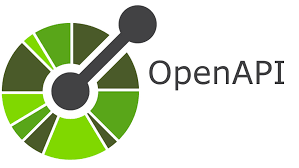
OpenAPI is a specification that allows developers to define, create, document, and consume HTTP-based APIs. Originally known as Swagger, OpenAPI provides a standardized format for describing the functionality and structure of APIs. Here are some key aspects of OpenAPI:
-
Standardized API Description:
- OpenAPI specifications are written in a machine-readable format such as JSON or YAML.
- These descriptions include details about endpoints, HTTP methods (GET, POST, PUT, DELETE, etc.), parameters, return values, authentication methods, and more.
-
Interoperability:
- Standardization allows tools and platforms to communicate and use APIs more easily.
- Developers can use OpenAPI specifications to automatically generate API clients, server skeletons, and documentation.
-
Documentation:
- OpenAPI enables the creation of API documentation that is understandable for both developers and non-technical users.
- Tools like Swagger UI can generate interactive documentation that allows users to test API endpoints directly in the browser.
-
API Development and Testing:
- Developers can use OpenAPI to create mock servers that simulate API behavior before the actual implementation is complete.
- Automated tests can be generated based on the specification to ensure API compliance.
-
Community and Ecosystem:
- OpenAPI has a large and active community that has developed various tools and libraries to support the specification.
- Many API gateways and management platforms natively support OpenAPI, facilitating the integration and management of APIs.
In summary, OpenAPI is a powerful tool for defining, creating, documenting, and maintaining APIs. Its standardization and broad support in the developer community make it a central component of modern API management.


